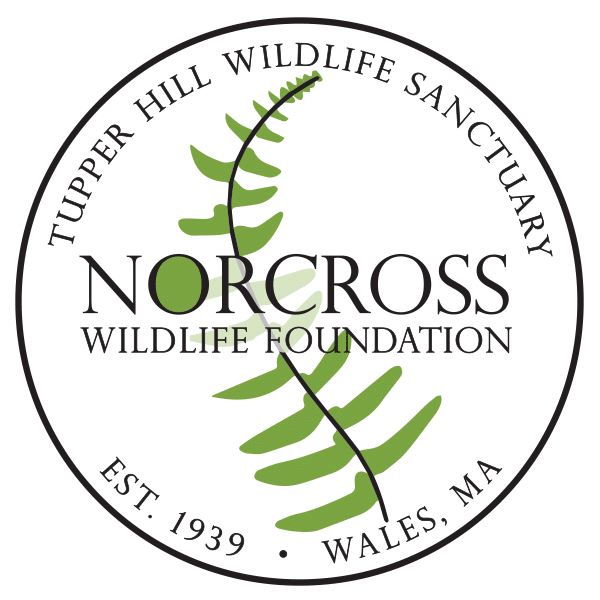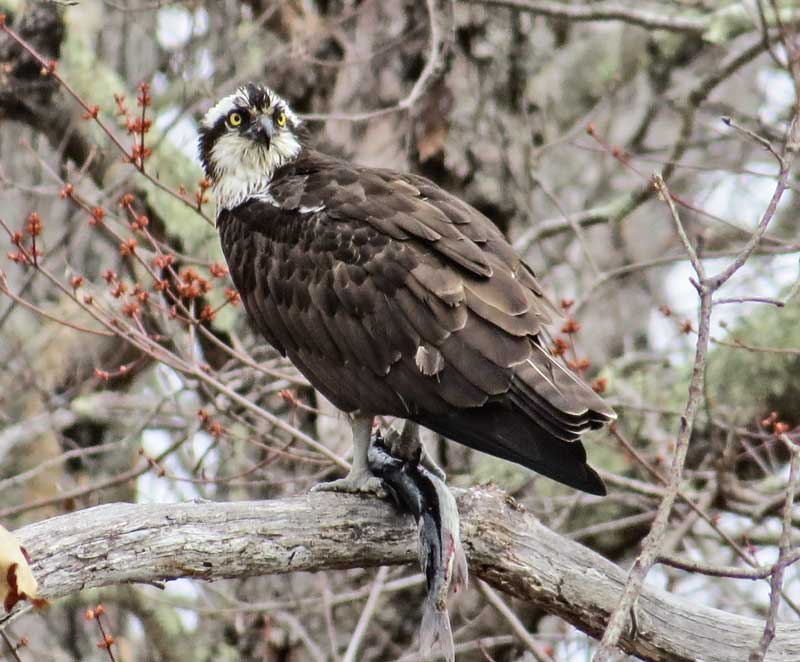Last Saturday, Leslie and I presented a lecture about shrubs and the importance of shrubland habitat. There are roughly 40 bird species in the Northeast that use shrubland and a number of them, such as Eastern Towhees and Brown Thrashers, are in serious decline. While planting a shrub in your yard isn’t going to reverse this trend, incorporating shrubs into your landscape can foster an appreciation of the role this habitat plays. Rather than seeing them as messy, overgrown wastelands you can see for yourself the niche they fill.
Think about an area that has grown in roughly 10 or 15 years following a natural disturbance such as a fire or hurricane or the 2011 tornado- that’s a shrubland. It is an area going through ecological succession, from a clearing to woods over time. It is a very dynamic place and while shocking upon first observation (the change happened so quickly) shrublands are a rare in Massachusetts, making up 3-6% available habitat in the state. In order to maintain this habitat and its denizen specialists, there are times when we must intervene and mimic the effects of Mother Nature (e.g. forestry). We humans prevent fires and flooding, and we’re pretty good at it. While these natural events look destructive to us, they are amazingly regenerative to other species.
Rather than wax on about shrubland specialist species, let’s go back to the Towhee and the Thrasher. The latter is said to have declined over 90% since the mid-1900’s, which makes sense taking into context the amount of building we’ve done and also that we have a more wooded landscape now than we did then. The Towhee may be declining more rapidly than any other species in North America, up to 10% annually. To many folks these birds are familiar species and it’s surprising to learn that they are listed in our State Wildlife Action Plan (SWAP) along with the White-throated Sparrow, American Woodcock and Ruffed Grouse.
Why? There are two main reasons. Succession of breeding habitat is one, and we can manage parts of our landscape to be in various stages of succession. The other is habitat loss to development. Along with development comes “suburban” predators (whose carrying capacity increases because of our presence), like cats, skunks and raccoons, who prey upon these species that nest on or near the ground. This is a little tougher hurdle, but with good planning it is possible to retain our biodiversity in this resilient landscape.



